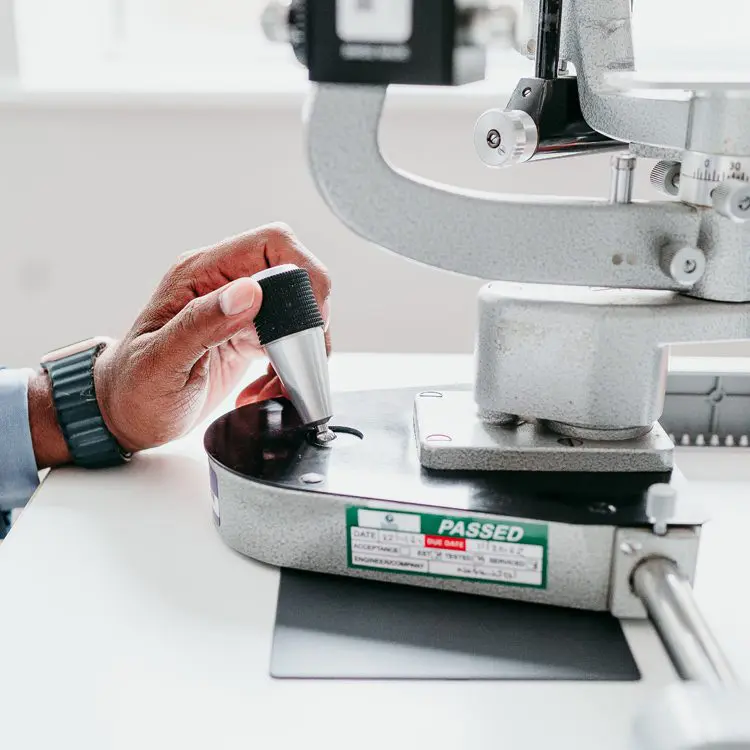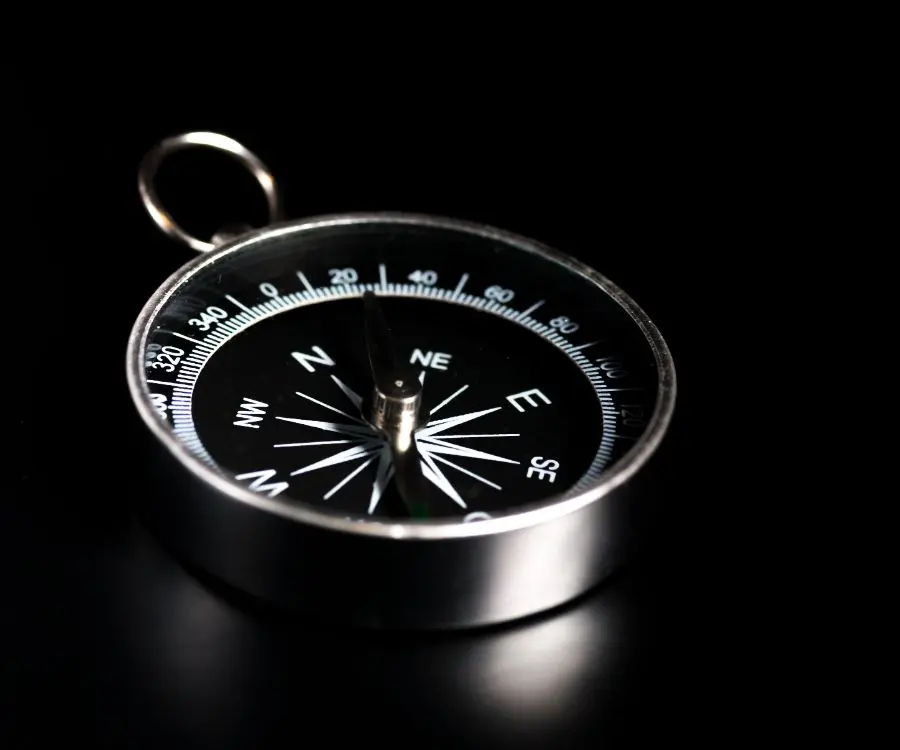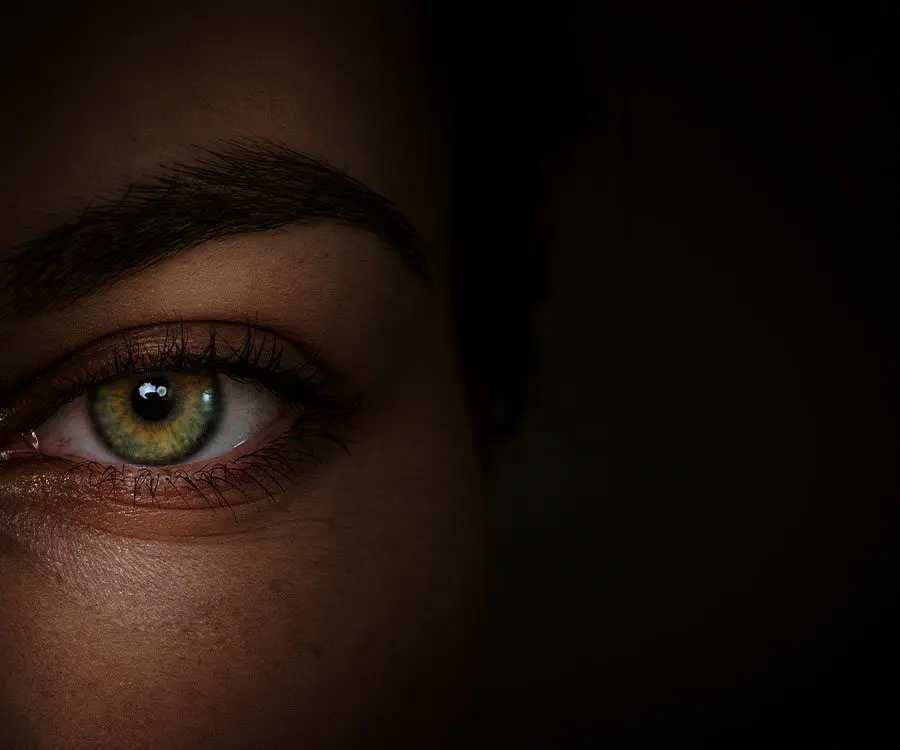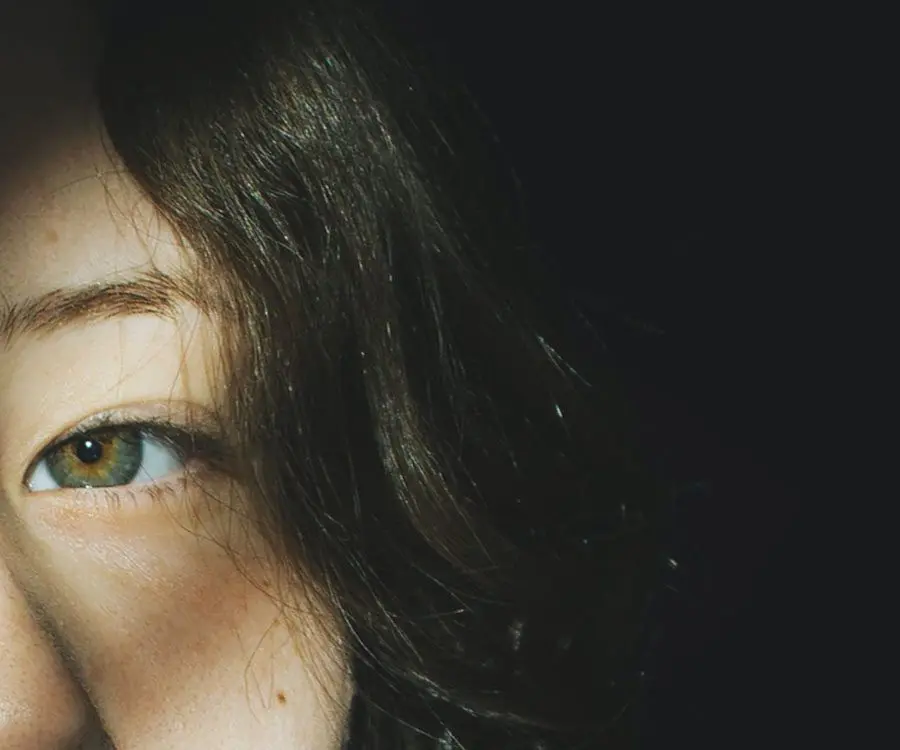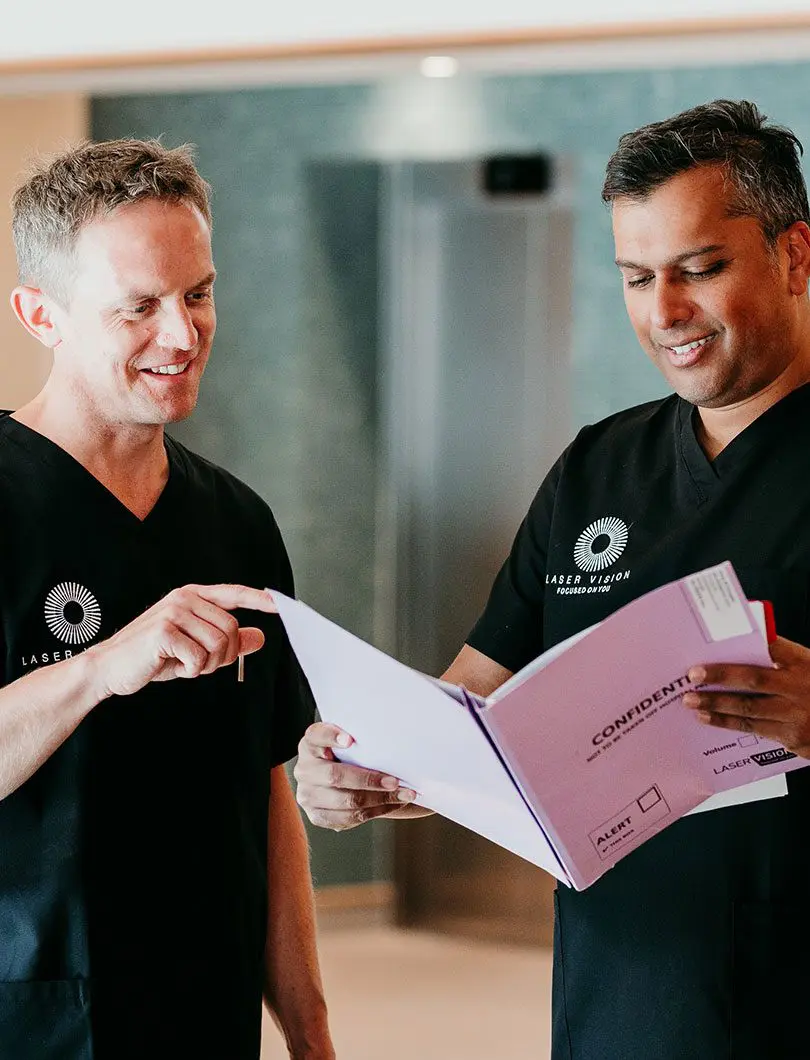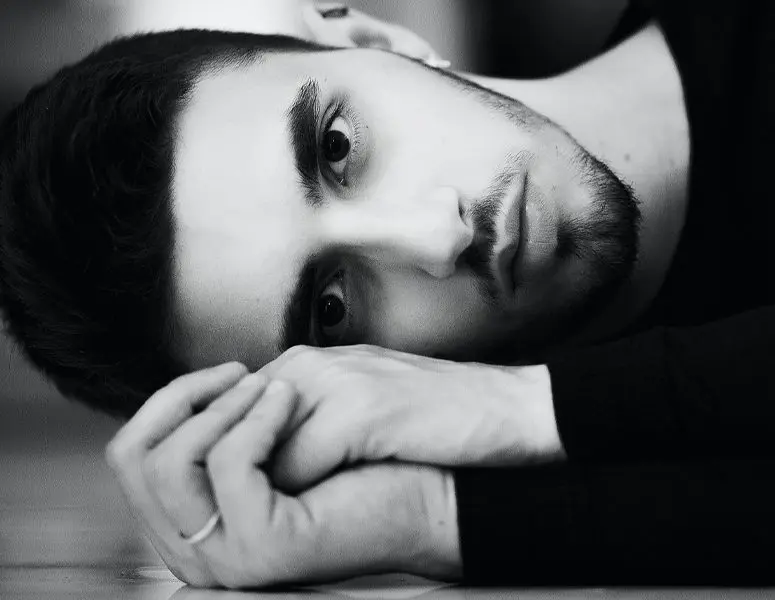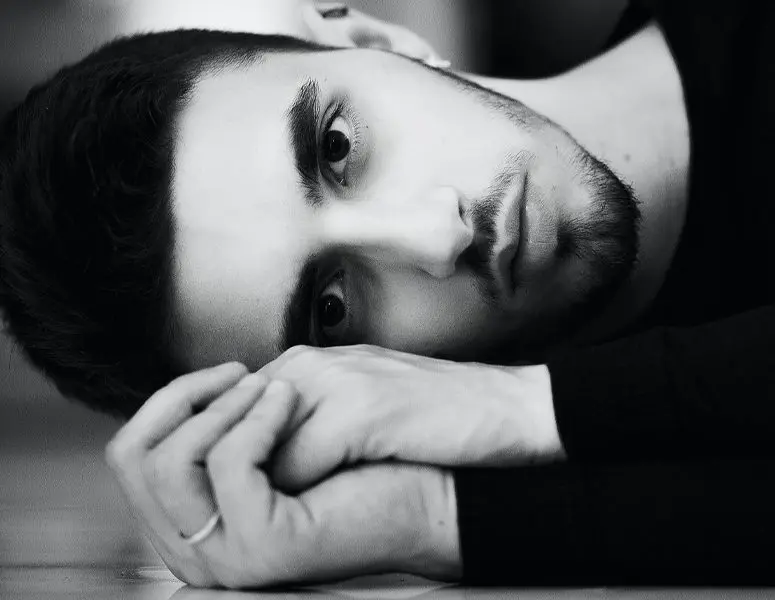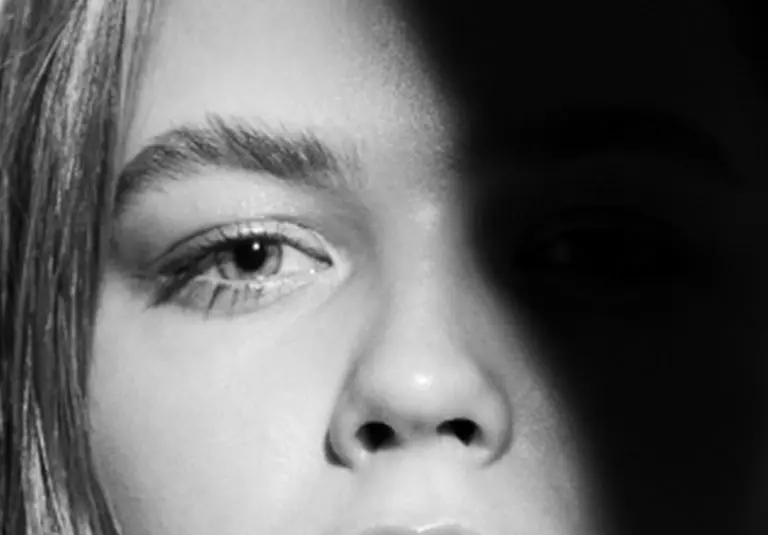- Glaucoma

Aqueous Shunt Implants (Tubes)
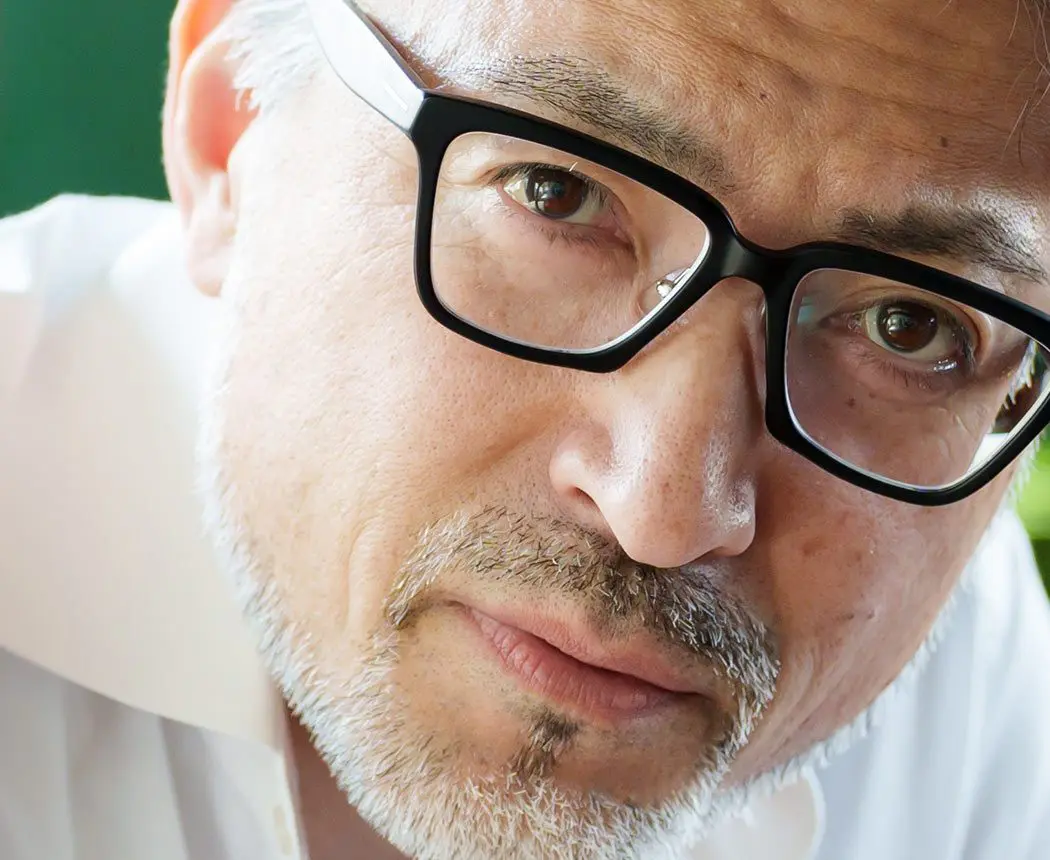
- Treatment

- Glaucoma
Aqueous Shunt Implants (Tubes)
The space between the cornea and the lens is filled with a clear fluid known as aqueous. Aqueous is responsible for maintaining intraocular pressure (IOP) which helps the eye to keep its shape.
Intraocular pressure depends on how much fluid is made in the eye and how quickly it drains out of the eye.
Sight loss from glaucoma is typically due to this pressure rising too high and damaging the optic nerve and leads to vision loss. An aqueous shunt is a small flexible tube which is implanted into the eye and improves the drainage of the fluid out of the eye. These shunts are made up of a small silicone tube (less than 1mm in diameter) attached to a plate.
Replacing the normal route that fluid would leave your eye, the fluid goes to a small reservoir under the outer layer of your eye (called a bleb) where the surrounding tissue can re-absorb it.
Different types of shunt are available. The two most common types are the Baerveldt Glaucoma Implant or Ahmed Glaucoma Valve. Other common names for this type of device are tube implant, glaucoma drainage implant or glaucoma tube shunts.
The Ahmed Glaucoma Valve contains a type of valve that helps to prevent very low eye pressure during the first few weeks after surgery. The Baerveldt implants do not contain valves but do have other advantages. For example, in the longer-term the Baerveldt Implant yields a lower average IOP than the Ahmed Implant which may be appropriate for patients who have a lower long-term IOP target.
Because the Baerveldt implants have no valve, they must be blocked initially with a stent. The purpose of the stent is to prevent the shunt from draining excessively in the first few weeks after surgery and causing the eye pressure to be too low.
Intraocular pressure depends on how much fluid is made in the eye and how quickly it drains out of the eye.
Sight loss from glaucoma is typically due to this pressure rising too high and damaging the optic nerve and leads to vision loss. An aqueous shunt is a small flexible tube which is implanted into the eye and improves the drainage of the fluid out of the eye. These shunts are made up of a small silicone tube (less than 1mm in diameter) attached to a plate.
Replacing the normal route that fluid would leave your eye, the fluid goes to a small reservoir under the outer layer of your eye (called a bleb) where the surrounding tissue can re-absorb it.
Different types of shunt are available. The two most common types are the Baerveldt Glaucoma Implant or Ahmed Glaucoma Valve. Other common names for this type of device are tube implant, glaucoma drainage implant or glaucoma tube shunts.
The Ahmed Glaucoma Valve contains a type of valve that helps to prevent very low eye pressure during the first few weeks after surgery. The Baerveldt implants do not contain valves but do have other advantages. For example, in the longer-term the Baerveldt Implant yields a lower average IOP than the Ahmed Implant which may be appropriate for patients who have a lower long-term IOP target.
Because the Baerveldt implants have no valve, they must be blocked initially with a stent. The purpose of the stent is to prevent the shunt from draining excessively in the first few weeks after surgery and causing the eye pressure to be too low.

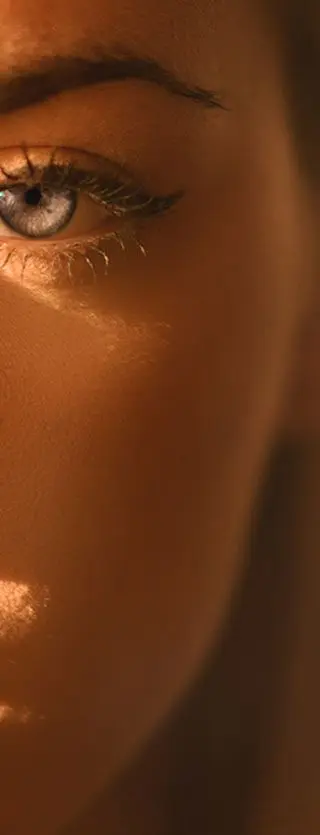
How is it performed?
- 1.Aqueous shunt surgery generally lasts between one and two hours. It is typically performed under general anaesthesia, although local anaesthesia is also possible under certain circumstances.
- 2.During surgery patients are covered by a sterile sheet, or drape, which keeps the operation site sterile and also prevents patients from seeing any of the surgery. Patients will be aware of the surgeon working around the eyes, but it should not be painful. In the event of any pain or discomfort, calmly raise a hand and the surgeon will stop the surgery and top-up the anaesthetic if needed.
- 3.During the surgery, the drug Mitomycin C may be applied to the surface of the eye for a brief period of time (up to five minutes). Mitomycin C is a drug that was originally used to treat cancer, but it is also used in glaucoma surgery to reduce scarring. Scarring prevents the shunt from functioning in the long term, as it prevents the aqueous humour from being absorbed back into the circulation. The Mitomycin C is then washed away from the eye with sterile water so that no residual drug remains.
